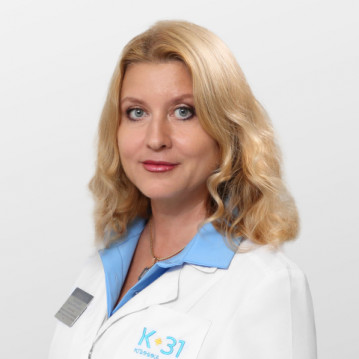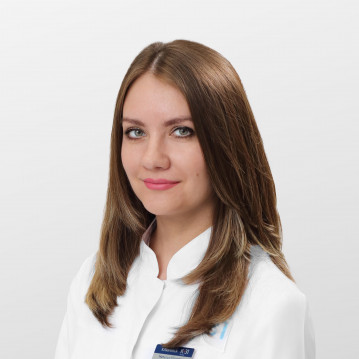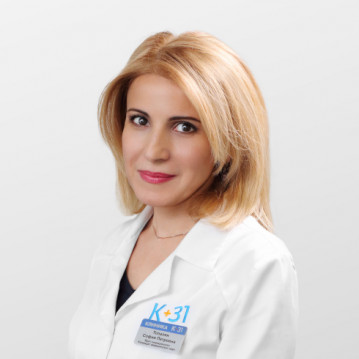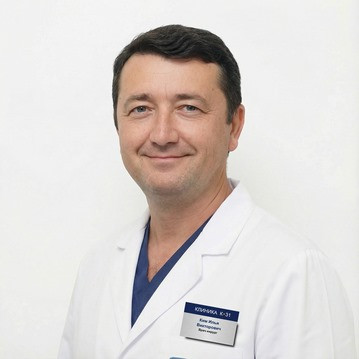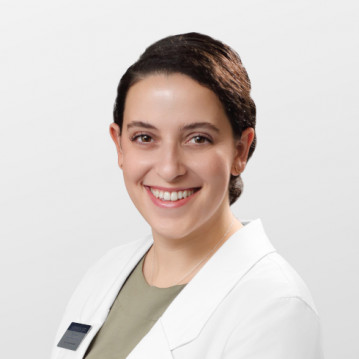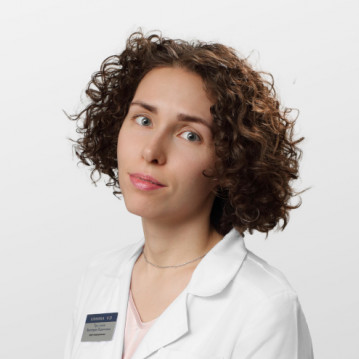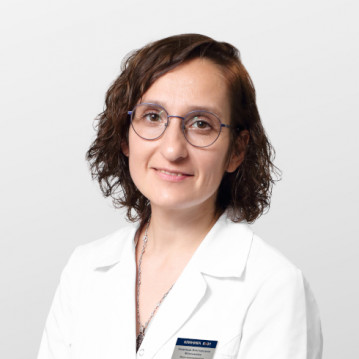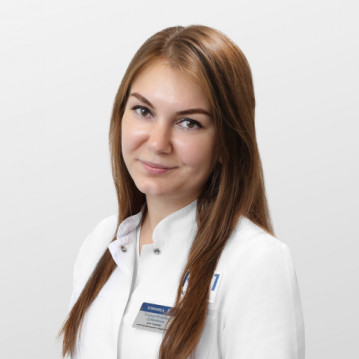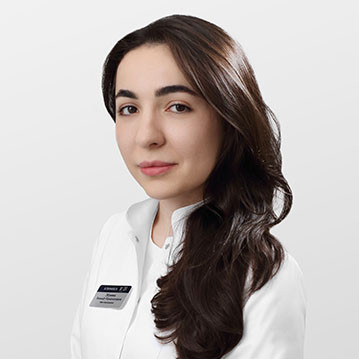Lipids and lipoproteins
Cholesterol performs important biochemical functions in the human body. It is necessary for the synthesis of hormones, the formation of bile. He is part of all
cell membranes of the body. It is synthesized mainly in the liver, in smaller quantities - in many other organs.
Triglycerides are part of various lipoproteins. After eating fatty foods, the concentration of TG in the blood rises rapidly, but normally after 10-12 hours it returns to its original level. In patients with diabetes mellitus, metabolic syndrome, obesity, the concentration of TG for a long time (more than 12 hours) does not return to normal. Such patients are predisposed to the development of atherosclerosis.
Fatty acids are synthesized in the body from the breakdown products of carbohydrates and come from food. FAs are used by the body as an energy source.
Phospholipids are an important structural component of cell membranes, however, their content in the blood is not associated with the risk of coronary heart disease, therefore, when prescribing lipid-lowering therapy, the concentration of phospholipids in blood plasma is not taken into account.
Lipids are transported in the blood as part of complex supramolecular complexes - lipoproteins (LP). LPs are water-soluble lipid-protein structures, which include molecules of proteins, free cholesterol, cholesterol esters and phospholipids. The main drugs depending on their density, size and composition of the incoming lipids are: ChM, VLDL, LPPP, LDL,
Chylomicrons - XM - the largest and lightest particles. An isolated increase in ChM is rare and usually indicates a hereditary defect in lipoproteidlipase and is not a biochemical marker of atherosclerosis.
Very low density lipoproteins - VLDL - are synthesized in the liver. Their increase in combination with low levels of HDL (high density drugs) is a risk factor for the development of atherosclerosis.
An increased concentration in the blood of STDs (intermediate density lipoproteins) is manifested by hypercholesterolemia and hypertriglyceridemia. Quite rarely, in clinical practice, there is an isolated increase in STDs, which is associated with a hereditary defect in the liver enzyme and is accompanied by progressive atherosclerosis.
Low Density Lipoproteins - LDL. The increased plasma LDL is clearly associated with the development of coronary, carotid and peripheral atherosclerosis. It is LDL that is the main target of therapy.
High density lipoproteins - HDL - antiatherogenic LP particles that reverse the transport of cholesterol from the vascular wall and macrophages to the liver, from where it is excreted from the body as part of bile acids. The level of HDL in plasma is inversely related to the development of atherosclerosis; lower
HDL content, the higher the likelihood of developing atherosclerosis.
Lipoprotein (a) - Lp (a) is an atherogenic particle similar to LDL; the main difference between them is the presence in the composition of Lp (a) of the molecule of the unique apoprotein apo (a). Lp (a) participates in the processes of atherothrombogenesis by attaching a blood clot in areas of the vascular wall rich in Lp (a). The concentration of Lp (a) in human blood directly depends on the severity of atherosclerotic lesions of the coronary, carotid and peripheral arteries. Currently, Lp (a) is considered as an independent biochemical marker of atherosclerosis.
